W
Wendy
Guest
Hi welcome Steve I hope we get some more info on this thread!

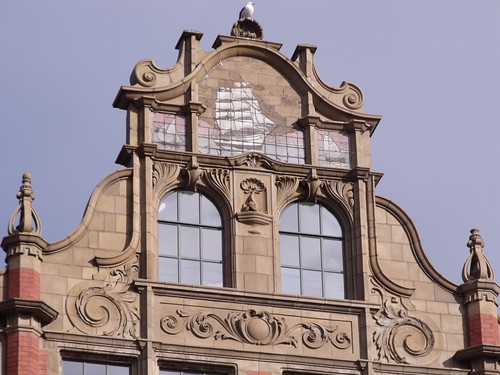
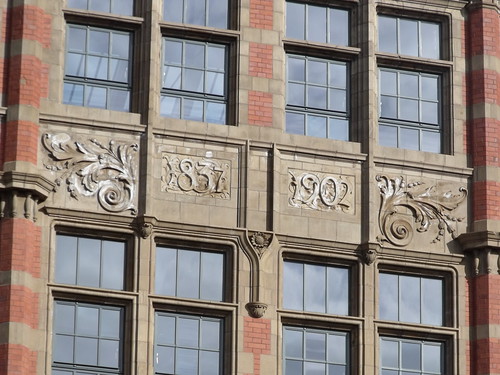

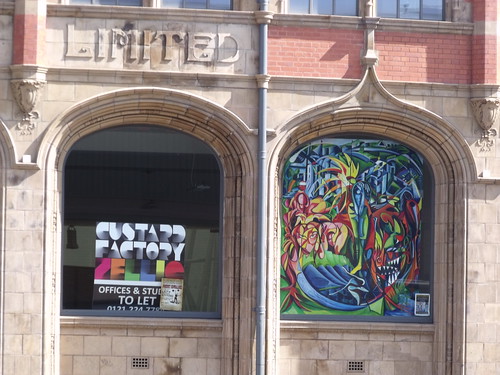

See the blue plaque for yourself – it’s just above the door of the Urban Village vintage store.

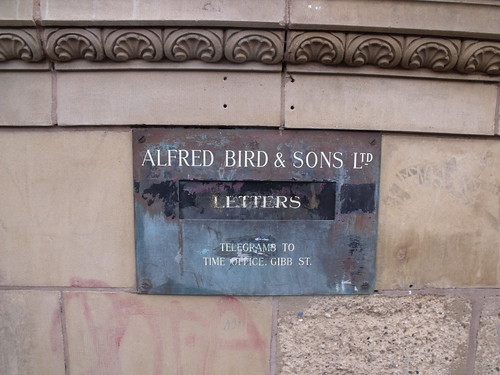
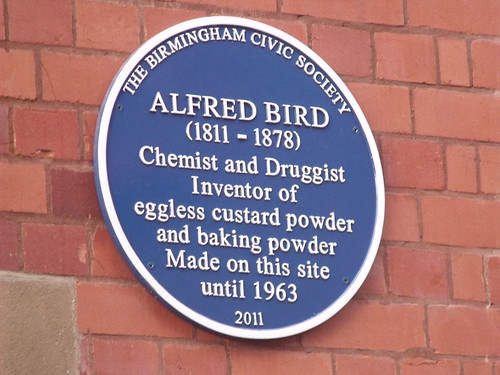
That's cheating Frothy.Birds Custard building.
I knew you were in Digbeth yesterday so I had a look on Google street view
It looks like terracotta to me. A significant amount of it was made in Polswoth, near Tamworth. The Albert Hall was made these.The stone used looks like that used for Moseley Swimming baths, built just after 1900.
But it is not those baths.
Very nice decoration. Ships too, reminder of how far reaching Birmingham was for a land-locked area. Viv.
